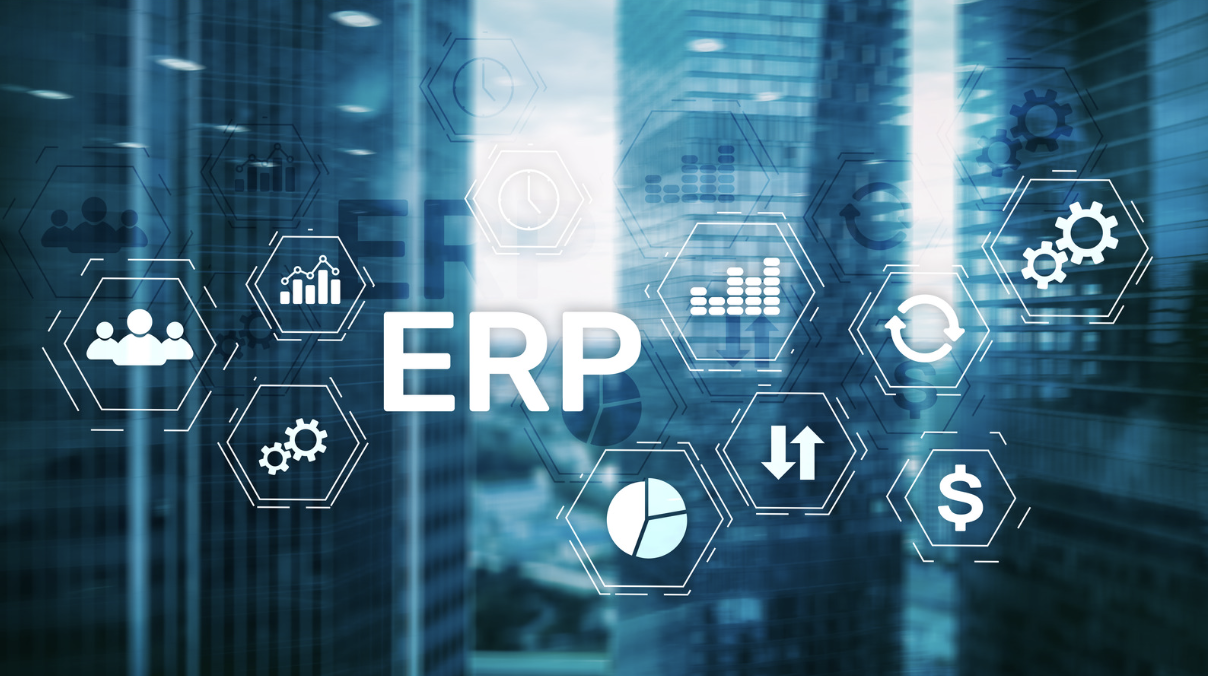/ Technologies

/
article
/
Here’s a tip – don’t throw money out the window. What happens when your company decides to make a major investment, but the outcome doesn’t meet your expectations? Disappointment, frustration, finger-pointing. Choosing and implementing an ERP system is a big step that requires a significant investment. When things go wrong, the first blame goes to the vendor, then the software, and finally you start wondering if you could have done something differently.
Let’s take a look together at how to start an ERP implementation the right way from day one. We’ve summarized 3 key steps that companies often overlook but are crucial for a successful ERP implementation project.
An ERP system helps optimize business processes, reduce costs, and save valuable time. That’s a fact. However, nothing happens magically. Many companies make the costly mistake of assuming the new ERP system will automatically fix everything — without first analyzing their current processes.
There may be hidden inefficiencies that will later affect the success of the ERP system. Some internal processes may be redundant, misaligned with business goals, or simply inefficient and in need of optimization.
By mapping your processes in this way, your ERP provider will gain instant insight into your business workflows and be able to design and model solutions more effectively.
You’ve evaluated your current business processes – check. You know your gaps and what needs improvement. The next step is defining the scope and objectives of the ERP implementation project.
Define:
This approach provides a clear implementation roadmap and a list of measurable objectives. Once the project is complete, you’ll be able to accurately assess its success.
When planning data migration, you can’t just copy everything into the new system. Existing data must be cleaned, structured, and formatted to ensure compatibility with the new ERP. Conduct a full data audit across all current systems and applications, and classify which data should be migrated.
Think of data migration like moving houses. You could take your entire wardrobe and stuff it into the new closet — but you’ll end up with clutter and outdated items that no longer fit your style or needs. They take up space and prevent you from organizing efficiently or adding something new. It’s simply not effective.
Review your existing company data. Identify which data you want to “move,” clean it up, validate its accuracy, and ensure your IT team defines the transfer method and tests the migration process. Needless to say, such a process requires extreme caution — create a solid backup and recovery plan in case of errors or data loss. And that’s it — while ERP implementation is a complex process, with the right preparation and a strategic partner by your side, you can do it successfully. At Blue Dynamic, we specialize in IT solutions and help companies choose and implement ERP systems tailored to their business needs. We love challenges and always strive to understand our clients’ perspective. We’ll guide you through ERP selection and implementation from A to Z.
When implementing new software, you must ensure your business requirements and goals are met. To stay competitive, having the right tools and software is essential for improving processes, optimizing workflows, and increasing productivity. Finding the ideal platform for your company’s needs is no walk in the park — that’s why we’ve put together a practical guide outlining 4 key steps to focus on, so your efforts truly pay off.

3 steps for successful ERP implementation
/ Let’s talk – whether you already know what you need or just want to explore possibilities.

Office NL
Lange Viestraat 2 B, 3511 BK Utrecht
Netherlands
Blue Dynamic, B.V.
KVK: 30137532,
VAT: NL805557532B01

Office CZ
Prazska 239, 250 66 Prague
Czech Republic
Blue Dynamic, s.r.o.
IČO: 02339234
DIČ: CZ02339234